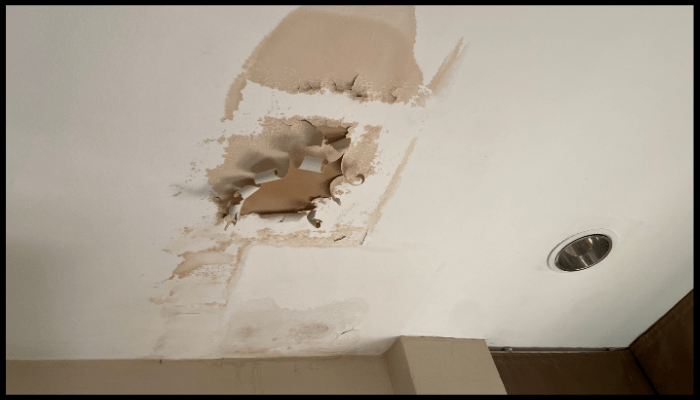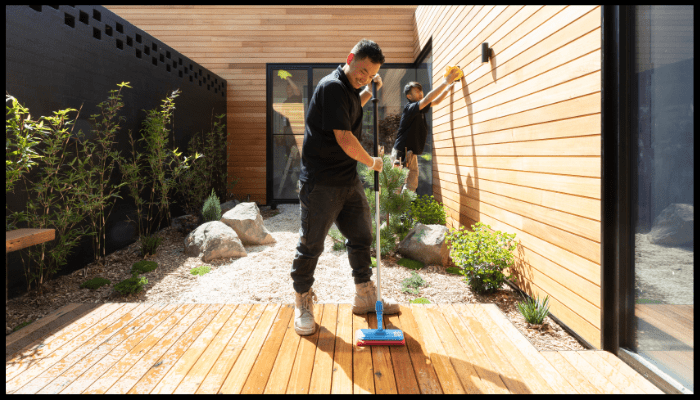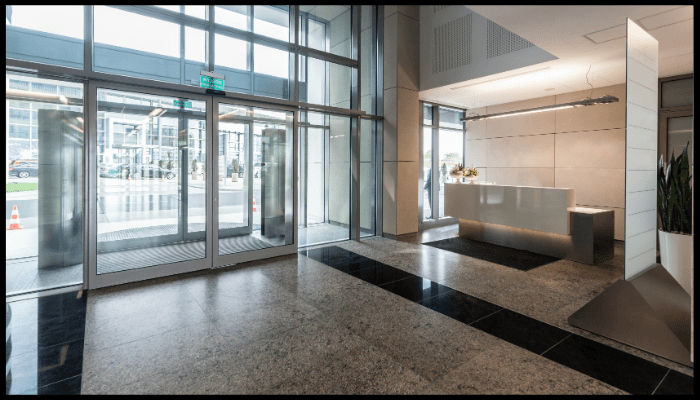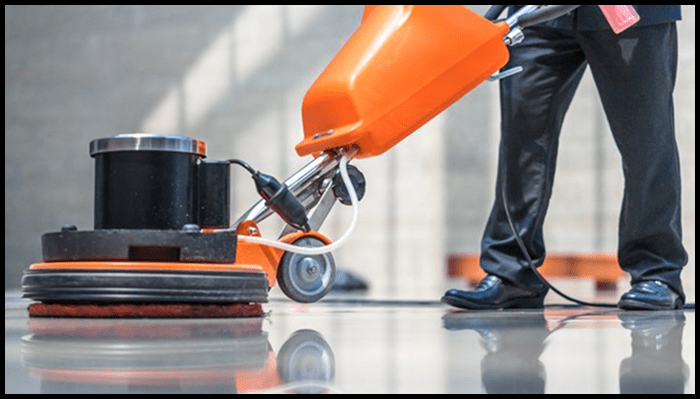Preventing Mould Growth After Water Damage
Preventing Mould Growth After Water Damage: Steps You Need To Know
Table of Contents:
- Why Mould Grows After Water Damage
- Step 1: Prompt Water Extraction For Damage Control
- Step 2: Conduct a Professional Water Damage Assessment
- Step 3: Begin the Restoration Process
- Step 4: Hire Certified Professionals For Effective Restoration
- Step 5: Prompt Coordination With The Insurance Provider
- Step 6: Safeguard Your Property From Recurring Issues
- Frequently Asked Question
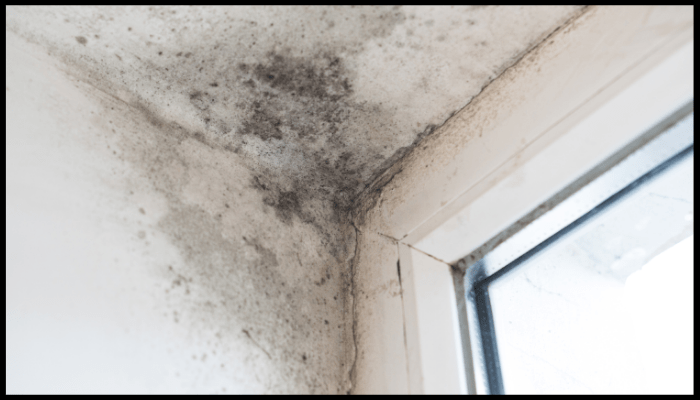
Mould growth is one of the most serious concerns after any major or minor water damage strikes.
If the moisture is present or water seep is ignored, mould can develop within just few days. This can then lead to secondary damage, structural damage,
serious health concerns, and further consequences for your home and personal belongings.
If you’re looking for professional help, be sure to read our complete guide to choosing a mould remediation service to better understand what to look for in a trusted provider.
Why Mould Grows After Water Damage
Mould is a type of fungus that grows in
damp, humid and poorly ventilated places.
It appears as black, green or white patches in walls, ceilings, carpet, wood, fabric, paper, etc, or really on any surface that was been wet longer than expected.
Musty odour is another key indicator to identify that mould is present in any place. It reproduces and multiplies by releasing tiny spores into the air where stagnant water and poor airflow is present. It then settles and contaminates the surfaces which will need professional remediation.
Ignoring water damage allows mould to spread, affecting your property’s structure and creating health risks. Moulds usually produces allergens, irritants and toxic substances which can lead to respiratory issues, allergic reactions, and even weaken immune systems.
If you’re unsure how to handle the situation, the following
tips for prevention & effective mould removal will help guide you through the best steps to protect your home and health.
Here is a step by step guideline to restore and prevent after water damage:
Step 1: Prompt Water Extraction For Damage Control
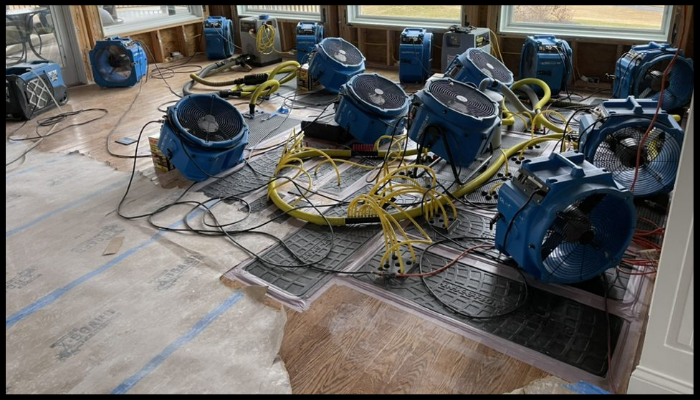
After any water damage happens first and foremost step should be immediate water extraction ensuring
safety guidelines for water-damaged homes. It will reduce the possibility of water to seep in and reduce moisture which will prevent mould to settle into the surface.
After water extraction, prompting air circulation, exposing sunlight into the affected area can prevent mould growth significantly.
Professional water damage restoration services in Canberra use powerful equipment like industrial graded air movers, dehumidifiers, and specialised drying tools to remove moisture from carpets, floors, and walls. This speeds up the drying process and way more effective than any regular household tools.
Step 2: Conduct a Professional Water Damage Assessment
Once water has been removed, it’s essential to assess the extent of the damage.
Certified technicians plays a key role in accurately accessing water damage. The inspection usually includes:
- Identify moisture affected areas
- Determine if mould is already present
- Checking early signs of mould growth
- Inspect hidden spaces behind walls and under flooring
- Evaluate the risk of further damage
This inspection allows professionals to tailor the restoration process based on the severity and type of water damage to ensure effective recovery.
Step 3: Begin the Restoration Process

Once the affected areas are thoroughly dried, the next step is to begin the restoration.
This often includes:
- Removing and disposing contaminated building materials
- Drying and deep cleaning surfaces to eliminate mould spores
- Using expert mould remediation services and treatments ensures the safety and hygiene of the affected space
- Disinfecting walls, floors, and carpet drying and cleaning are crucial to eliminating lingering mould spores
- Repairing structural and cosmetic damage to return the space to its original condition
Delaying restoration can make things worse. It can lead to more costly consequences like: widespread mould issues, structural damage and larger repair bills.
Step 4: Hire Certified Professionals For Effective Restoration
No matter how major or minor the water damage is, hiring a professional to handle water damage is highly recommended.
A professional restoration team, such as experienced
mould restoration companies in Canberra, brings the right expertise with all necessary equipment and cleaning agents to ensure the effective restoration of your property and prevent secondary damage. These companies can:
- Assess the full extent of the damage
- Handle emergency water damage situations
- Provide expert mould detection, removal, remediation and prevention
- Restore your property quickly with minimal disruption
The restoration process usually depends on the severity of the damage. In many cases, a professional team can complete the job within a few days, whereas, without professional help it can take much longer and may not be done correctly.
Step 5: Prompt Coordination With The Insurance Provider
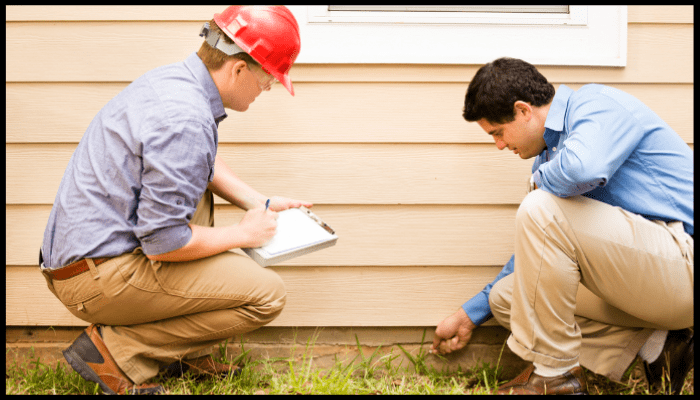
It’s important to notify your insurance provider or insurance company as soon as possible with proper evidence. Usually they will send an adjuster to inspect the affected areas and determine the extent of your claim.
Then they guide you through the claim process and help to ensure you've covered under the right policy for the type of damage.
Always be prepared with all the documents to speed up the insurance process and accelerate restoration, including:
- photos and videos of the damage
- receipts from services
- written reports from your restoration team
Step 6: Safeguard Your Property From Recurring Issues
Once your home has been restored, its important to proactive steps to avoid future mould problems:
- Repair any leaking pipes and faulty appliances
- Ensure good ventilation in wet areas like: bathroom , laundries etc.
- Regularly inspect roofing and gutters for signs of water intrusion
- Install dehumidifiers in moisture-prone spaces
These simple proactive measures can eliminate many common causes of water damage and reduce the risk of mould returning.
Frequently Asked Question
How quickly can mould grow after water damage?
Mould can begin developing in as little as 24 to 48 hours, especially in warm, damp areas with poor airflow.
What is the first step after experiencing water damage?
Start with water extraction maintaining all safety precautions to remove standing water and prevent further damage. Then, contact professionals to begin the restoration process.
Can I clean up water damage myself?
You can handle minor issues, but significant water damage and mould growth require professional remediation to fully eliminate risks.
Will insurance cover water damage restoration and mould remediation?
Many policies cover water damage, but mould remediation may vary. Always check with your insurance company for coverage details.
What happens if water damage is ignored?
Ignoring water damage can lead to mould growth, structural damage, and expensive repairs. It can also affect your health and indoor air quality.
How do professionals dry a home after flooding?
Certified technicians use industrial graded air movers, dehumidifiers, and moisture meters to dry affected areas and monitor the drying process as fast as possible.
What does the mould remediation process involve?
It includes identifying mould, removing contaminated materials, applying treatments to kill spores, and restoring surfaces to prevent future issues.
How long does water damage remediation take?
In many cases, the process can take a few days to complete, depending on the extent of damage and the drying needs.
What are signs of mould growth after water damage?
Look for musty odours, discoloured walls or ceilings, visible mould spots, and increased allergies or respiratory issues.
Who should I contact for water damage repair in an emergency?
Call a local professional restoration company with experience in emergency water damage remediation and mould removal.

Director of Synergy Four Services
Jason Dean, the founder of Synergy Four Services, has led the company to significant achievements, including winning the Canberra Local Business Award for Most Outstanding New Business in 2021 and Most Outstanding Service and Trade in 2022.
Under his leadership, the company became a finalist in 2023. With a range of certifications, including mould remediation, water damage remediation and fire and smoke damage restoration, and compliance with ISO 9001:2015 quality management standards. Jason ensures Synergy Four Services meets the highest safety and quality standards.



